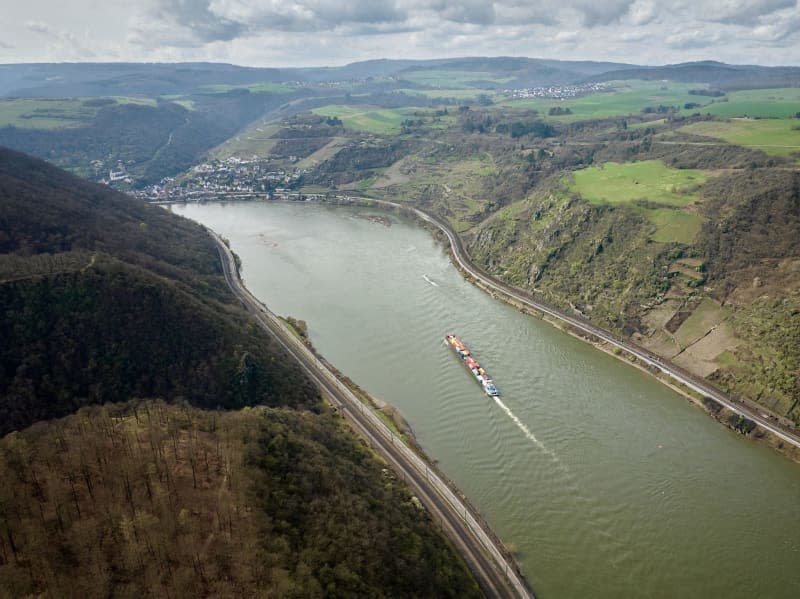Freight shipping on German inland waterways in long-term decline

The transport of freight along Germany's large inland waterways network continued its long-term decline last year, when 172 million tons were shipped, the Federal Statistical Office (Destatis) reported on Monday.
The figure in 2022 was 10 million tons higher, largely as a result of increased shipping of coal used for generating electricity.
Freight transport on the inland waterways has fallen by 25.9% since 1990, the year of German reunification, even though total economic output has risen. Compared with 2019, the year before the coronavirus pandemic, the decline up to last year was 16.3%.
In 2023, coal transports fell by more than a quarter, as electricity generation from fossil fuels declined. Petroleum products were the only sector that rose, with a 3.1% increase to 27.9 tons.
Container freight made up 9.4% of goods shipped along Germany's canals and rivers. Transport of bulk solids, such as coal, iron ore, stones and earth made up 56.6%, and of petroleum products 27.3%.
